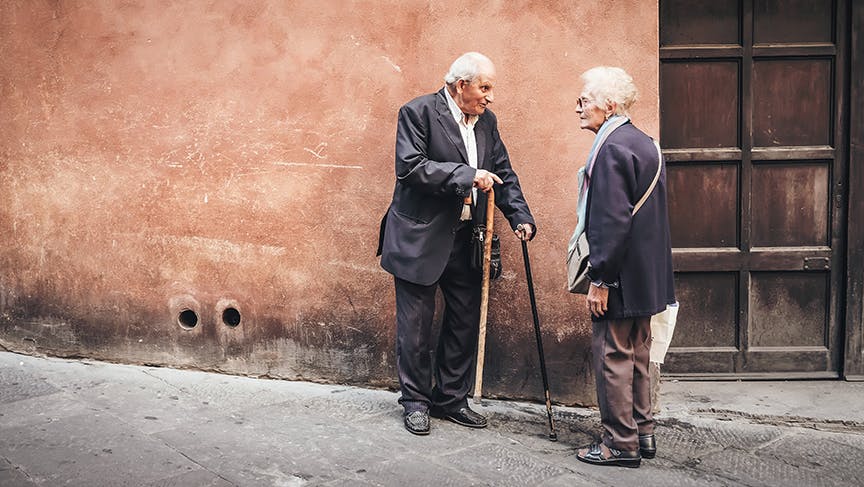
Fall detection is a relatively new feature that has integrated itself into medical alert systems. Medical alert systems are meant for older individuals who have a history of falling, dizziness, or who live alone. The systems provide medical alert buttons in the form of necklaces, pendants, and bracelets. When the button on the bracelet is pressed, the medical alert system connects to an emergency responder in order to provide aid for the fallen or injured individual. Fall detection adds a second layer of complexity to medical alert systems. Fall detection immediately alerts emergency services if the device detects a rapid change in height, depicting a fall.
Fall detection is a difficult feature to find. However, is it a necessary feature? Here is your complete guide to medical alert buttons and fall detection.

What are Medical Alert Devices?
Answer: Medical alert devices provide lifesaving services to millions of older adults across the nation by providing instant emergency care when an older adult experiences a medical emergency or falls.
According to the CDC, over three million older individuals are treated in emergency rooms every year due to injuries from falling. Studies show that if an individual falls and does not receive help with the first hour, their chance of living independently in the future drops by 70 percent. When an older adult falls, it can lead to broken and fractured bones, head injuries, and even death. Using a medical alert system can help older adults find immediate help after a fall.
Medical alert devices can be bought as a single unit, or combined with a home security system. Both versions of the system can be lifesaving and extremely beneficial. Typically, when used with a home security system, users will gain access to all home security features as well as the medical alert device. With a home security system, users will gain access to smart fire detectors, home security cameras, door alarms, and window alarms to protect the home even further.
The medical alert device, if bought alone, will come with a base station that pairs with the medical alert pendant or bracelet. When the user presses the button on their pendant or bracelet, the base station will immediately call for help. If the user is near the base station, the emergency personnel can talk to the user through the base station. If the user isn’t near the base station or is unable to speak, the emergency personnel will be sent immediately.
When using a medical alert device with a home security system, the process is the same. Instead of having a separate base station, the user will use the home security control panel as the main base station. The user will be able to talk through the security control panel and communicate with emergency personnel as needed.
In short, there is no real difference between using a sole medical alert system or a system paired with a home security system. The main difference only applies to those who are also interested in protecting their home with a home security system. Since 2 million homes are burglarized every year, many find home security to be a priority. For those, it’s a better option to use a home security system with a medical alert feature since the system will offer the user greater benefits.
Medical alert devices help to monitor the health and safety of older adults. With a medical alert bracelet or pendant, older adults can live independently without the fear of receiving an injury and having no one around to help.
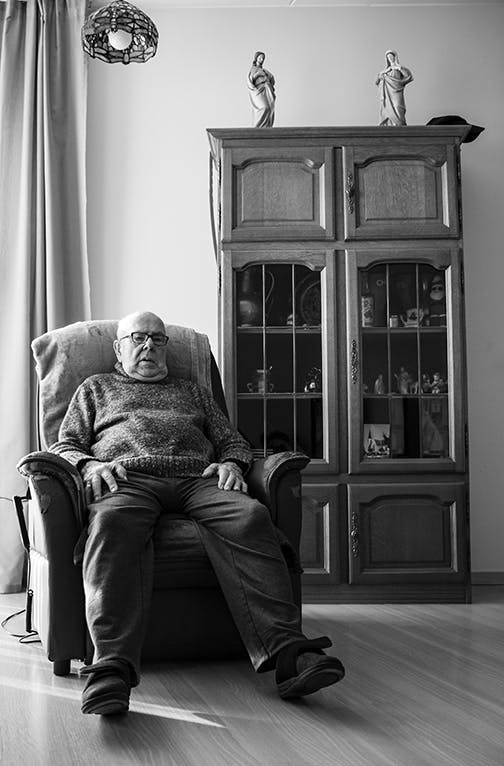
Who Needs a Medical Alert System?
Answer: Older adults who crave independence or who are worried about their health.
Medical alert systems are a great tool that can be used to save millions of older adults every year. The device can be used to spread fall awareness and, hopefully, help older adults learn fall prevention. Those who would benefit from a medical alert system most are:
Those With a History of Falling
Traditionally, medical alert systems are meant for older individuals. However, if you or a loved one has a history of falling, regardless of the age, a medical alert system may help. When a person falls, it could be for a number of reasons. The individual might feel unsteady or light-headed. Or, maybe the person is prone to fainting or seizures. Regardless of the medical reason behind the fall, those prone to falling will benefit from using a medical alert system.
Those Who Feel Unsteady On Their Feet
Older adults who feel unsteady or shakey on their feet are at risk for falling. As we age, our muscles begin to atrophy and become weaker. As the muscles in the legs begin to grow weak, some people will experience shakiness as they walk, suggesting that the muscles aren’t able to fully balance the body. Those who experience this shaky sensation should use a medical alert system to ensure that they are safe.
Those Who Are Worried About Their Health
If you are worried about your health, it’s likely that a medical alert system will be a great fit for your lifestyle. Those who have concerns about their health will find personal relief in using a medical alert device. Since the system’s purpose is to provide peace of mind, the device will help to ease worries and frustrations, making it possible for older adults to enjoy their lives without the worry of sustaining a prolonged injury as a result of falling.
Older Adults Who Want Independence
Another group of individuals who will benefit from having a fall detection system is those who want independence. Many older adults crave independence in their later years. They want to live near family in their homes, rather than be moved to a nursing home. Having a medical alert system is an easy compromise that satisfies worried adult children and ensures that the older adult has the freedom to live on their own.
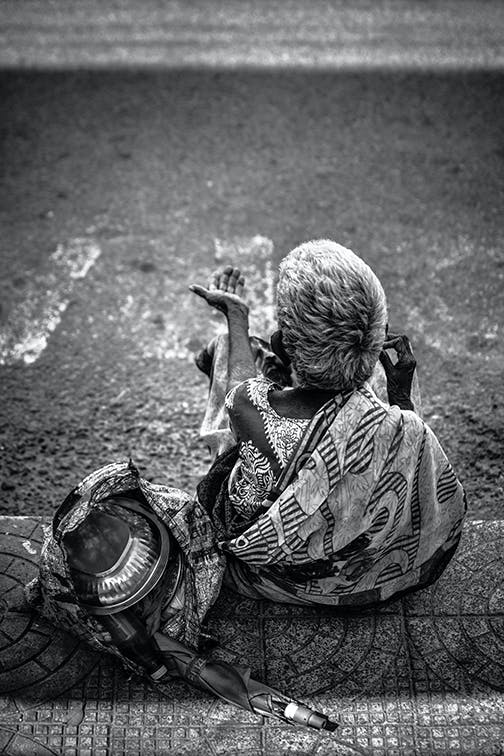
What Is Fall Detection?
Answer: Fall detection is a feature that tracks the movement of an older adult, ensuring that emergency services are called as soon as a fall is detected.
Fall detection is a feature that can be added to some medical alert devices for an additional fee, or it can be bought separately. Fall detection uses sensors to detect the movement of the wearer. For most people, the pendent will experience slight motion as the wearer moves around their home. When the wearer falls, there will be a drastic change in height and motion. This triggers the pendent to send the alarm.
Fall detection isn’t guaranteed to work 100 percent of the time. The sensors within the device aren’t like the motion sensors used in home security. Home security systems rely on PIR motion sensors (passive infrared sensors). A fall detection pendant, on the other hand, relies on a combination of sensors and software, similar to a step counting app used in smartphones. Just like a smartphone might miscalculate the number of steps a person took in a day, the fall detection pendant might miss the motion of a person falling. If a person falls too slowly or falls at an odd angle, there’s a chance that the fall detector will misread the motion and won’t trigger the alarm.
Because there’s a chance that the automatic fall detection won’t work, it’s important to press the button on the pendant after a fall, even if the pendant is installed with automatic fall detection. Often, this makes fall detection a service that is used in the worst possible situation.

Who Needs Fall Detection?
Answer: Those with a history of fainting, strokes, seizures, or unconsciousness.
Fall detection is most helpful for those who may fall unconscious and are unable to press the medical alert button. People who may benefit from using a fall detection service are:
Those with a History of Fainting
Some people may be prone to fainting spells. Fainting may be due to a variety of reasons. Typically, before fainting, a person may experience lightheadedness, dizziness, or may experience black spots in their vision. If you are experiencing any of these symptoms, you should sit down. However, if the individual faints before sitting, fall detection will ensure that help is on the way.
Those with a History of Strokes
Strokes are a serious health issue that is life-threatening. When a person experiences a stroke, the person will rarely be able to tell that something is wrong. Strokes happen within the brain, and the brain is unable to tell the mind that something serious is occurring. From the outside, the individual may start slurring their words, speaking in incoherent sentences, or may experience weakness on one side of the body. According to the American Stroke Association, the acronym FAST provides an easy way to remember stroke symptoms. If a loved one experiences symptoms of a stroke, call for help immediately. The acronym FAST stands for:
Facial Drooping If one side of the face begins to droop, or the smile is uneven, the individual may be having a stroke.
Arm Weakness During a stroke, it’s common for the individual to experience weakness in one arm. If you suspect a stroke, ask the person to raise both arms. If one arm is too weak to raise, call for immediate help.
Speech Difficulty When a person experiences speech difficulty, there are several things that could happen. To test a person’s speech, ask the individual to repeat a sentence back to you. If they are unable to talk, or they are unable to repeat the sentence correctly, the person may be experiencing a stroke.
Time to call 911 If a person is experiencing any of the stroke symptoms, you should immediately call 911.
If a person is alone and experiences a stroke, fall detection can be lifesaving. If the person falls unconscious, the fall detector will contact an emergency responder.

Those with a History of Seizures
When someone has a seizure, it’s because the normal connections between nerve cells in the brain were interrupted, according to Hopkins Medicine. A seizure isn’t necessarily dangerous, though it can be a sign of an underlying health condition. Some people are predisposed to seizures; a condition called epilepsy. Individuals with epilepsy can benefit from using fall detection devices because the devices will alert the individual’s medical guardian that the person has fallen during an episode.
Those On Medications
If you or a loved one are taking a medication that may cause unconsciousness or seizures, it may be important to have fall detection. Medications can have a variety of adverse health effects on certain individuals. It is important to speak with your medical advisor to ask if fall detection is right for you. Since some medications may interact with other dietary choices, it’s important to be more aware of the medications that you are taking.
Benefits of Fall Detection
Fall detection is often offered for an additional fee from some medical alert companies. Although fall detection isn’t a mandatory service, it may be helpful for some. The benefits of having fall detection are:
Emergency Assistance During Worst-Case Scenarios
Fall detection acts as insurance for worst-case scenarios. Since the detection relies on movement, the fall alert will still notify a medical guardian regardless, even if the user is unable to press the button. Fall alerts are essential for those who have a history of strokes, where the onset of the medical emergency is difficult for the user to recognize. When the stroke happens, the victim will be unable to press the medical alert button, making fall detection essential. Fall detection is also essential in a situation where the user falls unconscious, incapacitating them for several minutes. If the victim wakes up, they can press the emergency button to ensure that help is on the way.
The fall detection device is worn around the neck of the user, making it easy to wear around the house and out into the yard. As long as the fall detection sensor is on the user, the person can rest assured knowing that help is always on the way. However, due to the possibility that the fall detection system could fail, emergency responders recommend that users always press the medical alert button if they are able.

Independence in Later Years
Many older adults are limited in their later years since their loved ones, and medical advisors don’t want them living on their own. This restricts living conditions and usually forces older adults to live with a nurse or live in assisted living. Although these aren’t bad options, they can be undesirable for those who still want to live on their own. A medical alert pendant with fall detection can make living alone possible.
The medical alert device will ensure that loved ones feel comforted and that medical advisor’s needs are met. If an emergency happens, the medical guardian will know immediately and will be able to respond. This allows older adults to regain their independence.
Peace of Mind
Fall detection grants peace of mind to the user, the loved family members, and to the medical guardian and medical professionals. Since the sensor watches over the user as long as the user is wearing the pendant, the user can feel comfortable knowing that they are protected at every hour of every day. Family members, such as the adult children of the older adult, can also feel assured that the older adult is taken care of. If something does happen, medical assistance and the emergency contact will both be on the road within a matter of moments.
Having peace of mind ensures that everyone is happier and more confident throughout life. Older adults can live comfortably, knowing that help is also a button away.
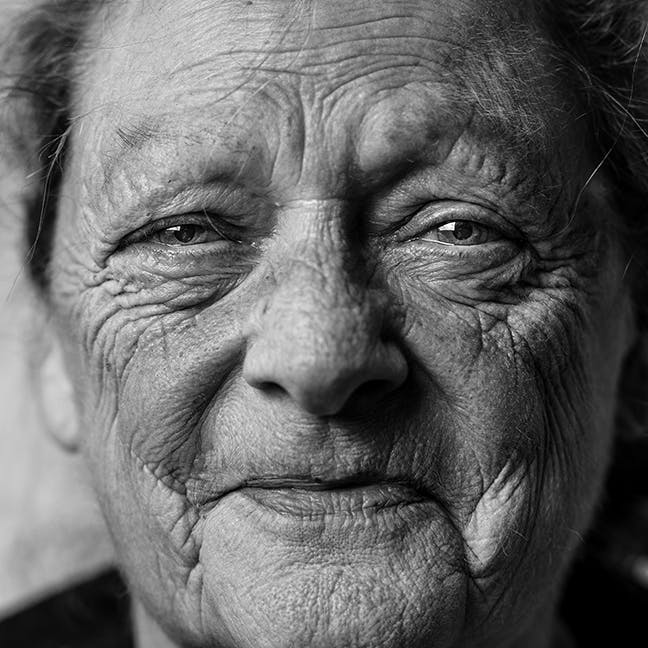
Disadvantages of Fall Detection
Although fall detection can be extremely beneficial, there are also disadvantages to using the feature. Here are the top three disadvantages that might make you think twice before purchasing automatic fall detection:
Doesn’t Offer 100 Percent Guarantee
Fall detection doesn’t offer a 100 percent guarantee that the sensor will work. Fall detection failure can happen for a wide variety of reasons, which makes fall detection failure fairly common. Automatic fall detection technology uses sensors to detect movement, software to detect a change in height, and wifi to connect to the base station. If any of these fail, the fall alert won’t work.
If an older adult comes to rely on fall detection rather than pressing the button, the person might never receive the help. If the sensor does fail, the high-tech fall detection device will do nothing to help the injured individual. Because of the chances that the device could fail, some medical professionals recommend that older adults avoid using fall detection technology. Rather than becoming expectant that the device will work, some users might be better off using a sensor that doesn’t come equipped with fall detection. However, those prone to epilepsy, stokes, or other medical situations that might cause a person to lose consciousness should still use a fall detection feature.
More Expensive Than Alternative Options
Fall detection technology is a newer option available on the market. It combines sensor detection with software to create a wearable device that will detect over 50 percent of falls. However, since the detection device is a newer addition to the medical world, it’s often the more expensive option.
Most medical alert systems will ask for an additional $10 to $20 a month, on top of the regular service. For example, if a medical alert system costs $40 a month, the option with fall detection would cost $50 to $60. In some cases, fall detection is too expensive for the household.
Increased False Alarms
Since the technology behind fall detection isn’t perfected, the devices are prone to false alarms. The detection technology will often mistake fast movements, like descending stairs too quickly, sitting up in a fast motion, or laying down as falling. Because of this, the device experiences more false alarms than the traditional fall detector.
Those using fall detection are more likely to see a false alarm. Typically, this means that users will receive regular calls from the emergency responder to make sure that you’re okay. Depending on your system, the occasional false alarm will add to the bill, making the user pay an additional fee.
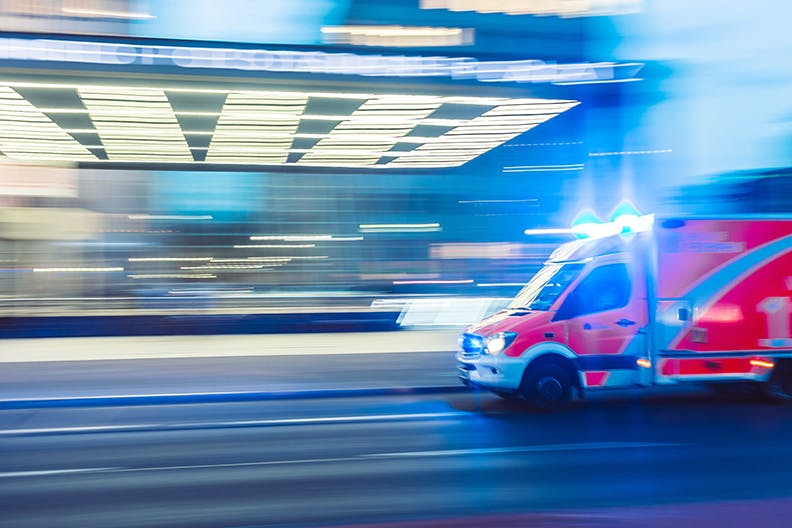
Is Fall Detection Worth It?
Answer: Fall detection may be worth it to those with serious health conditions; however, for most older adults, a regular fall detection device is sufficient.
The main question that needs to be answered is whether fall detection is worth it or not. As we mentioned, fall detection has many pros and cons. To recap, the pros of fall detection include:
- Emergency assistance during worst-case scenarios
- Individuality in later years
- Peace of mind
The cons of having fall detection include:
- Doesn’t Offer 100 percent guarantee
- More expensive than alternative options
- Increased false alarms
Fall detection is worth it to those who are willing to pay extra, take the risk of not having a fall detection guarantee, and are willing to deal with false alarms. For those who aren’t willing to risk the cons of having the service, it would be better to stick with a regular system.
A medical alert system without fall protection will be sufficient for most individuals. If you are not prone to fainting or seizures, you will still be completely protected by installing a regular medical alert system.
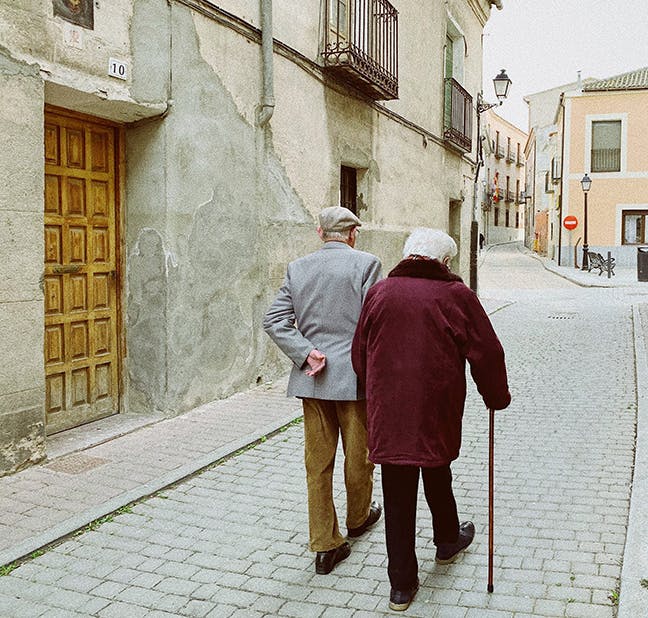
What Are Fall Prevention Methods?
Answer: Fall prevention methods include a variety of exercising and activities that are meant to decrease the chances of falling in older individuals.
According to the Centers for Disease Control and Prevention, one in four Americans over the age of 65 will experience a fall each year. Luckily, older adults can take preventative measures to decrease their odds of falling. Here are the five best preventative measures to decrease your odds of experiencing a fall:
1. Low-Impact Exercises
Low-impact exercises are one of the best ways to reduce falls. When an older individual falls, it’s often because they were unsteady and lost their balance. As a person grows older, they lose bone density, making injuries and broken bones more likely. This also means that it takes longer to heal broken bones. Practicing low-impact exercises can strengthen muscles, improve balance, and decrease the risks of falling. Some of the best low-impact exercises include:
Swimming This is a great cardio exercise that improves blood circulation, oxygen regulation, and balance without putting pressure on joints. The water cushions joints as the person swims, making it the perfect exercise for those with arthritis and stiff joints.
Yoga This exercise is commonly used to improve balance. Most yoga poses are designed to strengthen and stretch muscles, while also increasing the strength of stabilizing muscles. Stabilizing muscles are used for balance. By improving the overall strength of your body and increasing your balance, you are less likely to fall.
Pilates One of the best exercises for older adults is pilates. Pilates focuses on improving overall strength while also increasing your balance and cardio fitness. This exercise can help older adults have a steadier gate.
Including a combination of exercises in your weekly regimen will help to improve your balance, strength, and health. As you improve your health, your body will become steadier, and you will be less likely to experience a fall.

2. Visit Your Doctor
As we age, our eyes and ears decrease in their effectiveness. Eyes worsen gradually, often making it difficult to tell that your eyesight has changed. It’s important that, as you age, you continue to get regular, bi-annual checkups with your eye and ear doctor. They will check your hearing and vision and update your glasses and hearing aid. Your senses are the key to staying upright and catching yourself if you begin to fall. Having glasses with the right prescription helps you to see better, and having a hearing aid for hearing loss helps to make sure you stay more aware of your surroundings. Visit your doctor regularly to ensure that your senses are in good condition.
3. Trip-Proof Your Home
When an older adult experiences a fall, it is typically because something pushed them off balance. Typically, in this situation, there is a wire, carpet, or uneven surface that makes the person lose their balance. These things might seem harmless to some, but these small changes in the walking surface that can cause a fall. In order to prevent falling, remove all “trippable” material in the home. Rather than running wires along the floor, run the wires along the wall. Instead of having rugs in the home, install carpet. It will also help to install a steady railing along the stairs. These simple changes will help to make your home “trip-proof.”
4. Keep Your Home Well Lit
The final tip to fall prevention is to keep your home well lit. There are many reasons why a person might trip and fall inside their homes. However, if a room or stairway is unlit, it could increase the chances that the person will misplace a step and fall. Ensure that there are lights in every room of the home, especially around stairs.
All adults over the age of 65 will benefit from having a medical alert system in their homes. However, older adults should also actively protect themselves against falling by reducing their risk.
